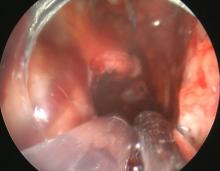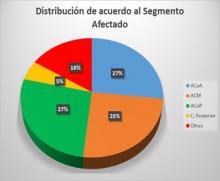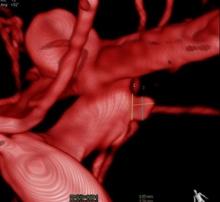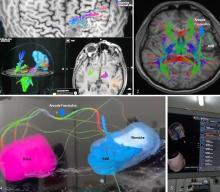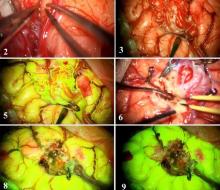Evacuation of intracerebral hematomas by Neuroendoscopy: results in a series of cases
Intracerebral (ICH) and intraventricular (IVH) hemorrhage cause severe morbidity and a high mortality rate. Early surgical evacuation with minimal damage to brain tissue is essential. Endoscopic evacuation using an Endoport system is a promising technique. We present the results of the endoscopic evacuation of ICH and IVH in patients operated from 2010-2019 at the Almenara Hospital in Lima-Peru.

